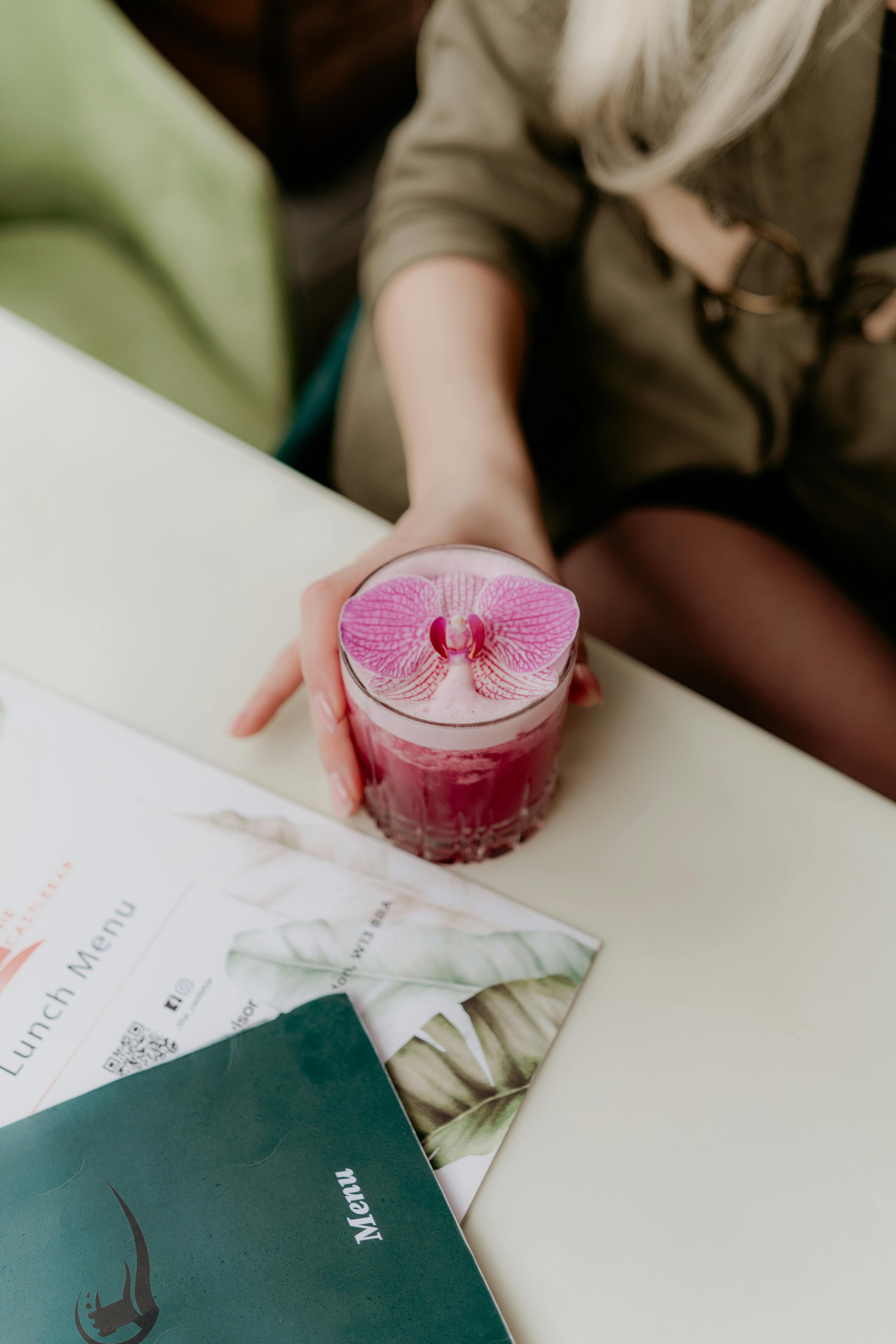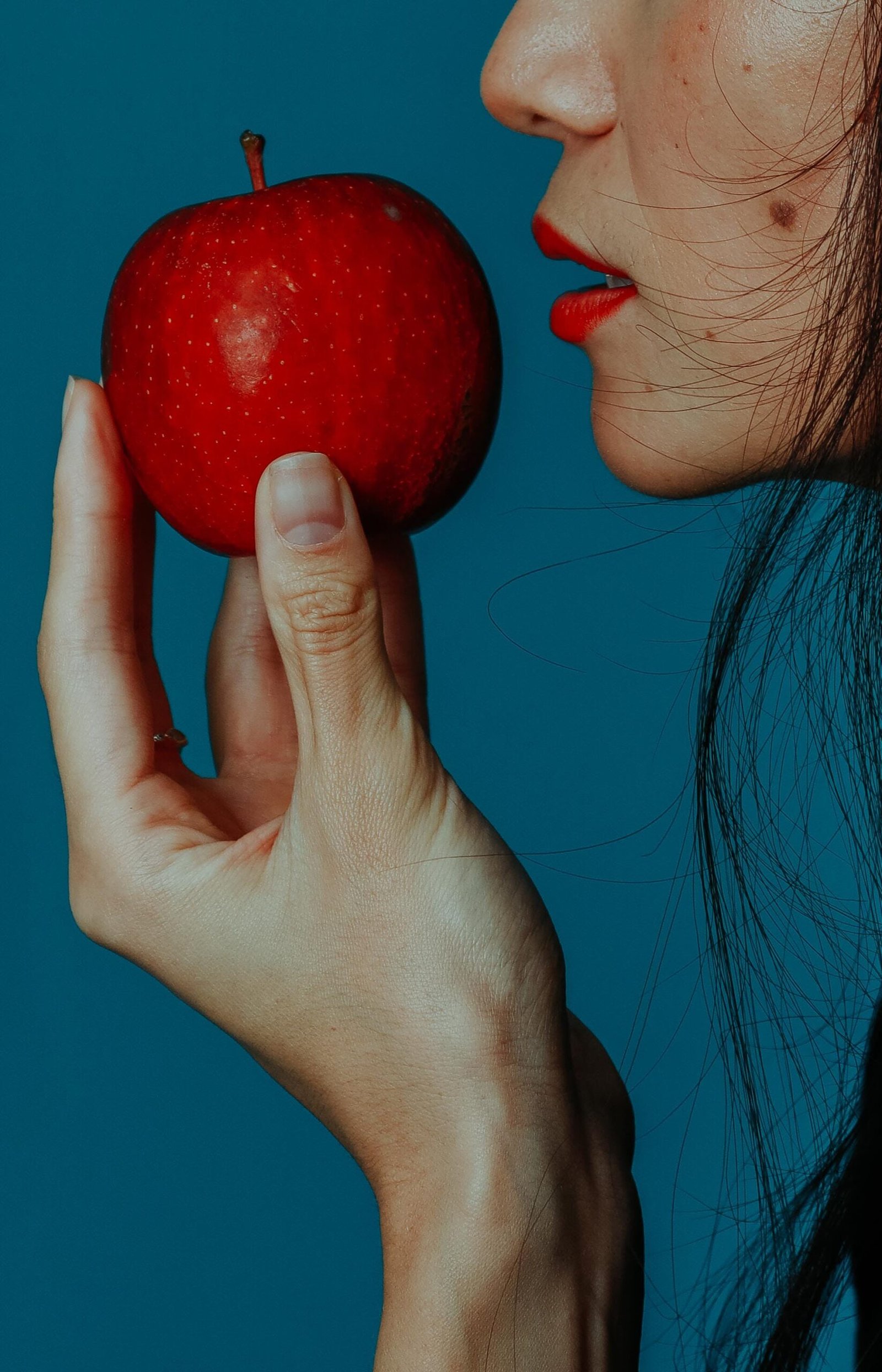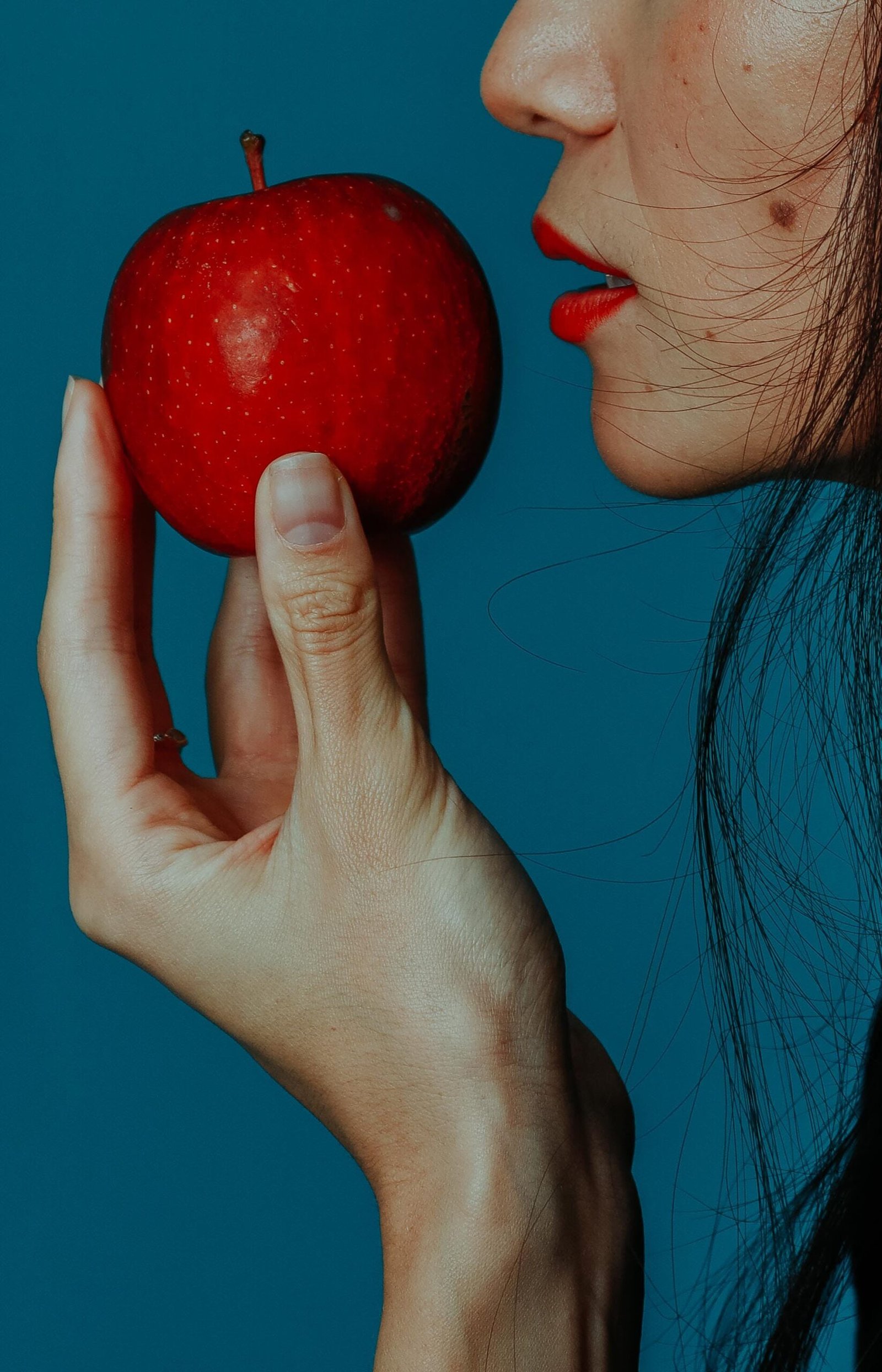Step into a world where colors hold the power to heal and soothe, unleashing a wave of calmness and restoring balance to your life. In the pursuit of relaxation and mood improvement, many have turned to the intriguing practice of color therapy. But what exactly is color therapy, and can it truly have a positive impact on our emotions and well-being? Join us as we embark on a colorful journey to explore the potential benefits of this fascinating therapeutic technique. Dare to immerse yourself in a kaleidoscope of hues and discover the enchanting world of color therapy.

Overview of Color Therapy
What is color therapy?
Color therapy, also known as chromotherapy or color healing, is a holistic practice that uses specific colors to promote physical, emotional, and mental well-being. It is based on the idea that colors can have a profound impact on our mind and body and can be used as a therapeutic tool to address various health concerns.
History of color therapy
Color therapy has been practiced for centuries across different cultures and civilizations. Ancient Egyptians, for example, used sunlight and colored glass to heal various ailments. In India, Ayurveda, a traditional healing system, incorporates color therapy as a part of its treatment modalities. The modern understanding and application of color therapy were developed in the early 20th century by various researchers and practitioners.
Principles of color therapy
Color therapy follows the principle that different colors have different energetic properties and can affect our physical, mental, and emotional states. Each color is associated with specific attributes and is believed to interact with our energy centers or chakras. By exposing ourselves to specific colors, we aim to restore balance and harmony within our bodies and promote overall well-being.
Effects of Color Therapy on Relaxation
How color therapy promotes relaxation
Color therapy can promote relaxation by influencing our nervous system and triggering physiological responses. Colors that are cool and calming, such as blue and green, have been found to have a soothing effect on the body and mind. By incorporating these colors into our environment or through visualizations, we can create a serene and peaceful atmosphere that encourages relaxation.
Stimulating and calming colors
Different colors have varying effects on our nervous system. Stimulating colors like red and orange can increase energy levels and promote activity. On the other hand, calming colors like blue and purple can help reduce stress, anxiety, and promote relaxation. It is important to consider individual preferences and sensitivities to colors when using color therapy for relaxation.
Color therapy techniques for relaxation
There are various techniques that can be used in color therapy for relaxation. Color visualization involves imagining a specific color surrounding you or filling your surroundings. This mental imagery can evoke relaxation and a sense of tranquility. Color bathing, where a person immerses themselves in a specific color, can also induce a state of relaxation. Other techniques include color meditation, where one visualizes a particular color while focusing on their breath, and color breathing exercises, where specific colors are associated with different breathing patterns.

The Impact of Color Therapy on Mood
Influence of colors on mood
Colors have a powerful influence on our emotions and can impact our mood. Warm colors like red, orange, and yellow are often associated with feelings of warmth, energy, and happiness. Cool colors like blue and green, on the other hand, are linked to feelings of calmness, serenity, and relaxation. By using colors strategically, color therapy aims to enhance positive emotions and improve mood.
Psychological effects of color therapy
Color therapy can have psychological effects on mood and emotions. Certain colors can stimulate the release of neurotransmitters in the brain that influence mood regulation. For example, exposure to the color green has been found to increase feelings of relaxation and reduce stress. Blue, known for its calming properties, can promote a sense of tranquility and ease anxiety. By incorporating these colors into our surroundings or using them in color therapy techniques, we can positively impact our mood and emotional well-being.
Color therapy techniques for mood improvement
Color therapy offers several techniques for improving mood. Color visualization involves imagining a specific color associated with positive emotions. By visualizing this color, we can evoke those emotions within ourselves. Additionally, incorporating specific colors into our environment or personal spaces through decor, clothing, or art can create a positive and uplifting atmosphere. Color therapy can also be combined with other therapeutic practices, such as aromatherapy or meditation, to enhance mood improvement.
Color Therapy Methods and Techniques
Color visualization
Color visualization is a widely used technique in color therapy. It involves mentally imagining a specific color and allowing its energy and properties to influence your mental and emotional state. This technique can be practiced anywhere and at any time, making it accessible and convenient for individuals seeking relaxation or mood improvement.
Color bathing
Color bathing involves immersing oneself in a specific color or being surrounded by that color. This can be achieved through various means, such as colored lights, colored fabrics, or even colored water in a bathtub. By exposing the body to a particular color, the energy and properties associated with that color can be absorbed and experienced, promoting relaxation and mood enhancement.
Color meditation
Color meditation is a practice where one focuses on a specific color while engaging in meditative techniques, such as deep breathing or mindfulness. By directing attention and concentration towards the chosen color, individuals can deepen their relaxation, promote emotional balance, and enhance their overall sense of well-being.
Color breathing exercises
Color breathing exercises involve associating specific colors with different breathing patterns. For example, one might associate the color blue with slow, deep breaths, while the color yellow is associated with energizing and invigorating breaths. By practicing these breathing exercises with the corresponding colors, individuals can regulate their breathing, promote relaxation, and influence their mood.
Color therapy through art
Art therapy can be a valuable tool in color therapy. Creating art using different colors allows individuals to express their emotions, explore their inner selves, and experience the therapeutic benefits of color. Various art mediums, such as painting, drawing, or collage, can be used in color therapy to enhance relaxation, improve mood, and foster self-expression.

Color Therapy Tools and Practices
Color therapy lamps
Color therapy lamps are specialized lamps that emit specific colors of light. These lamps can be used to create a particular atmosphere or ambiance in a room. By selecting the desired color, individuals can enjoy the therapeutic benefits associated with that color, promoting relaxation and mood improvement.
Colored filters
Colored filters are transparent sheets or films that can be applied to various light sources, such as lamps or windows. These filters allow individuals to adjust the color and quality of the light entering a space, creating a specific mood or atmosphere. By filtering the light to the desired color, individuals can experience the therapeutic effects of that color.
Chromotherapy glasses
Chromotherapy glasses, also known as color therapy glasses, are eyewear that has colored lenses designed to filter light and provide the wearer with the benefits of specific colors. By wearing these glasses, individuals can experience the therapeutic effects of different colors throughout their day, improving their mood and overall well-being.
Color therapy crystals
Color therapy crystals are gemstones and crystals that are associated with specific colors and their energetic properties. These crystals can be placed in a room, worn as jewelry, or used during meditation or color visualization exercises. By utilizing the vibrational energies of these crystals, individuals can enhance the effects of color therapy and promote relaxation and mood improvement.
Studies and Research on Color Therapy
Scientific evidence supporting color therapy
While color therapy is a practice deeply rooted in traditional and holistic approaches, there is a growing body of scientific research that supports its effectiveness. Studies have shown that specific colors can have physiological and psychological effects on individuals, influencing their mood, perception, and well-being. However, it is important to note that more research is needed to fully understand the mechanisms behind these effects and to establish color therapy as a widely accepted therapeutic modality.
Clinical trials and their findings
Clinical trials exploring the effects of color therapy have yielded promising results. For example, a study conducted on individuals with anxiety disorders found that exposure to specific calming colors significantly reduced their symptoms of anxiety. Another study on the effects of blue light therapy on patients with seasonal affective disorder (SAD) showed significant improvement in mood and a reduction in depressive symptoms. These findings contribute to the growing evidence supporting the therapeutic benefits of color therapy.
Potential limitations and criticisms
While color therapy shows promise as a complementary healing modality, it is not without limitations and criticisms. Some skeptics argue that the effects of color therapy may be largely due to the placebo effect or subjective experiences. Additionally, the research on color therapy is still in its early stages, and more rigorous studies are needed to establish its efficacy and effectiveness. It is also important to consider individual variations in color perception and personal preferences when incorporating color therapy into treatment plans.
Application of Color Therapy in Different Settings
Color therapy in spas and wellness centers
Color therapy is commonly used in spa and wellness settings to create a relaxing and rejuvenating atmosphere. Spas often utilize different lighting techniques and color schemes to enhance the therapeutic effects of treatments and promote overall well-being. From color therapy saunas and steam rooms to color-themed relaxation spaces, spas incorporate color therapy to help their clients unwind and de-stress.
Color therapy in hospitals and healthcare
Color therapy is gaining recognition in the medical field as a complementary therapy in hospitals and healthcare settings. Some hospitals have started using colored lighting in patient rooms and waiting areas to create a more calming and soothing environment. Research has shown that exposure to certain colors can enhance patient satisfaction, reduce stress levels, and improve overall well-being.
Color therapy for home and personal use
Color therapy can also be practiced in the comfort of one’s own home. By carefully selecting colors for home decor, fabrics, and even clothing, individuals can create a nurturing and uplifting environment that supports relaxation and mood improvement. Additionally, incorporating color therapy techniques, such as color visualization or meditation, into daily routines can promote a sense of well-being and balance.
Color Therapy for Specific Conditions
Color therapy for stress and anxiety
Color therapy can be used as a complementary approach for managing stress and anxiety. Cool and calming colors, like blue and green, can help in reducing stress levels and inducing a sense of tranquility. By incorporating these colors into one’s environment or utilizing color therapy techniques, individuals can experience relief from stress and anxiety symptoms.
Color therapy for depression
Color therapy can have a positive impact on individuals suffering from depression. Warm and vibrant colors, such as yellow and orange, can promote feelings of warmth, happiness, and energy. By surrounding oneself with these uplifting colors or practicing color therapy techniques, individuals with depression may experience improved mood and an increased sense of well-being.
Color therapy for sleep disorders
Color therapy can be beneficial for individuals struggling with sleep disorders. Blue and purple, known for their calming properties, can help relax the mind and promote better sleep. By incorporating these colors into the bedroom environment or utilizing color therapy techniques before bedtime, individuals may experience improved sleep quality and a better night’s rest.
Color therapy for chronic pain
Color therapy may provide relief for individuals dealing with chronic pain. Specific colors, such as green and violet, are believed to possess healing properties and can help alleviate pain symptoms. By incorporating these colors into daily life through visualizations, colored lighting, or color therapy techniques, individuals with chronic pain may experience reduced discomfort and improved well-being.
Integration of Color Therapy with Other Therapies
Combined benefits of color therapy with aromatherapy
The combination of color therapy with aromatherapy can enhance the overall therapeutic experience. Certain scents and essential oils have specific color associations and can be used in conjunction with corresponding colors to create a multi-sensory healing experience. For example, the calming scent of lavender can be paired with shades of blue to promote deep relaxation and tranquility.
Incorporating color therapy in meditation practices
Color therapy can be integrated into meditation practices to amplify their benefits. By incorporating specific colors into guided meditations or focusing on a particular color during mindfulness practices, individuals can enhance their relaxation, visualization, and overall experience of stillness and inner peace.
Color therapy in conjunction with acupuncture
Color therapy can be combined with acupuncture, a traditional Chinese therapy. Acupuncture uses tiny needles placed at specific points to stimulate energy flow in the body. By incorporating colored lights or colored filters during acupuncture sessions, practitioners can enhance the therapeutic effects of the treatment and promote balance and harmony within the body.
Precautions and Considerations in Color Therapy
Potential side effects and precautions
While color therapy is generally safe and well-tolerated, it is important to be aware of any potential side effects or sensitivities. Some individuals may have specific sensitivities or allergies to certain colors. Additionally, prolonged exposure to intense or bright colors may cause eye strain or visual discomfort. It is recommended to start color therapy gradually and consult with a certified color therapist if any concerns arise.
Consulting with a certified color therapist
To ensure the safe and effective practice of color therapy, it is advisable to seek guidance from a certified color therapist. These professionals have undergone specialized training in color therapy principles, techniques, and applications. A certified color therapist can provide tailored guidance and support, taking into consideration individual needs, preferences, and specific health conditions.
Individual variations in color perception
It is important to note that individual perceptions of color can vary. What may be relaxing or calming for one person might have a different effect on another. Personal preferences, cultural associations, and prior experiences can influence how colors are perceived and experienced. When practicing color therapy, it is essential to pay attention to individual responses and adjust techniques or choices accordingly to create a personalized and effective approach.
In conclusion, color therapy is a holistic practice that utilizes the power of colors to promote relaxation and improve mood. By understanding the principles of color therapy, exploring different techniques, and incorporating color therapy tools and practices, individuals can experience the therapeutic benefits of this ancient healing modality. Whether used in various settings like spas or healthcare facilities, for specific conditions, or in conjunction with other therapies, color therapy offers a versatile and accessible approach to enhancing well-being and nourishing the mind, body, and spirit. Remember to always exercise caution, consult with a certified color therapist, and consider individual variations in color perception for a safe and personalized color therapy experience.
